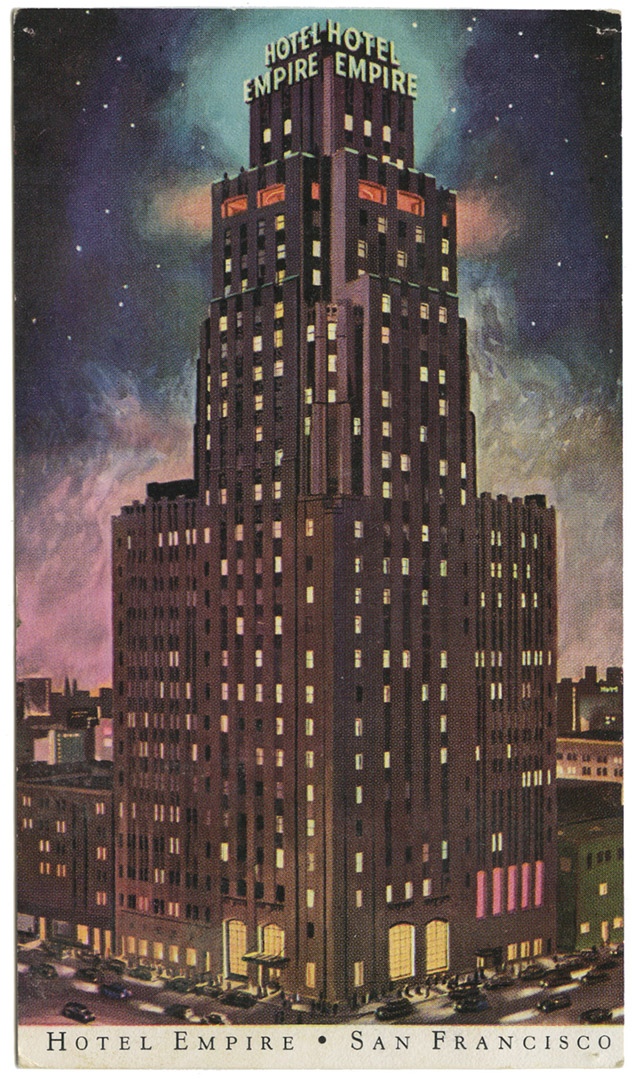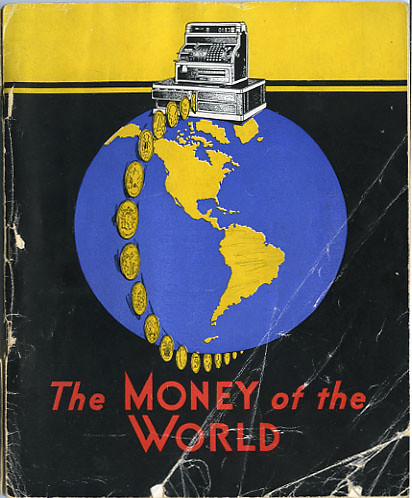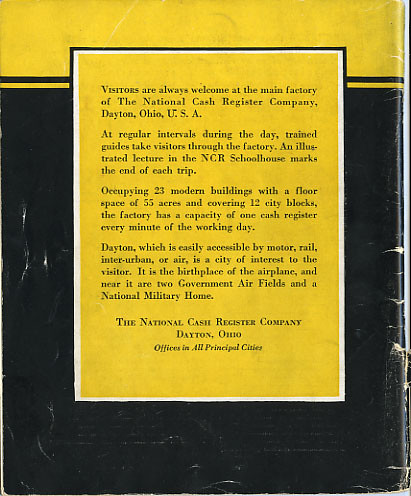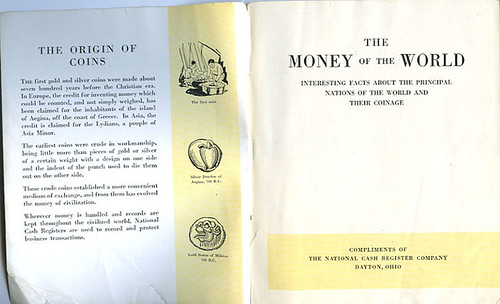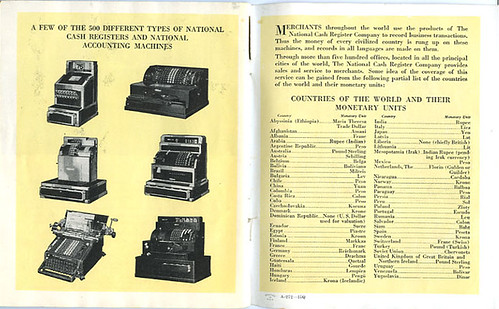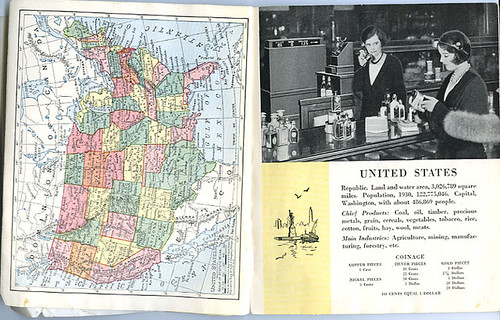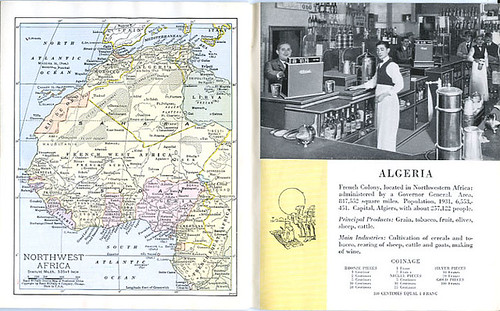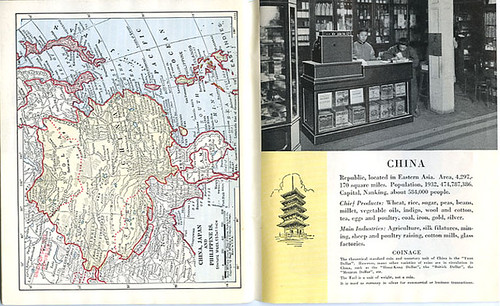These paper people reside inside an old Fannie May candy box bought at an estate sale about two months ago. It was a really intriguing sale with all sorts of goodies. Fortunately for me two guys who got in the door about 10 minutes before me, who are usually buying exactly what I want, were tired, and one had forgotten to bring his glasses. Thus when looking through the box of old photographs the one guy kept muttering that there wasn't anything good, but then he'd add "Of course if I had my glasses...." I sort of hovered, watching what they picked up and put down. I was hoping he'd put the photo box down and I'd zoom in. I nicely said, "Hey, when you're done with the photos I'd like to take a look." He was very accommodating as I continued to hover. Finally I had my shot at the box and I continued to monitor them through the eyes in the back of my head. They continued muttering that there wasn't much to be had, the sellers had not told the truth in their ad, etc. And then I heard it...
"Hey, do you want this box of paper dolls?" said the one guy to the other.
I about broke my neck. I never find paper dolls at estate sales. Never! I see these sales on ebay all the time where someone just happened into an estate sale and bought a ton of mint paper doll books. I don't go to those kind of sales. Never my luck. Anyway...
"No, I've sort of stopped buying paper dolls."
The fellow then saw me standing with the photo box in my hands, salivating, wondering what was in the white candy box he was holding. He said, "Are you interested?" I hope my grab wasn't too rude. I looked inside and was delighted! Lovely old 1930s dolls, clothes, accessories. Lots of goodies, most not completely cut-out.
Now comes the problem. Who are these people? I know from the style they're from the 1930s, but for the life of me I cannot find them in any of my Mary Young paper doll reference books. I'm sure they're in there, but I'm just not finding them. So if someone out there in the darkness staring at their screen can give me a hint I'd be most grateful. I'd like to mentally name them other than "Fanny May Wedding Party" which I'm sure is a very sweet (sorry) name, but I need to know the facts.
And yes, there is a groom. Now mind you apparently the company figured he wouldn't get played with much because he's on the same paper as the clothes, unlike all the other dolls which were punched out from the cover. Poor groom. I imagine not many survived. Ain't that always the way when you get this many women in a room with one guy? Okay, the fact that he is slightly effeminate...pretty much the given with paper dolls. The guys almost always look like one of the girls. I guess they were less threatening. I really don't know.
Click on any image to see it larger.
Oh yeah, amongst the photos they passed up, the
"famous" melon eating pig I posted at my vernacular photography site. I left that sale a very happy girl.
UPDATE: Thanks to Linda at
The Paper Collector who has identified the set as
Wedding of the Paper Dolls from 1935, published by Merrill Publishing. It was illustrated by Lucille Webster. A reprint of this was available several years ago, but I haven't seen it recently. Now that we know the name of it keep your eyes open for the repro. The illustrations really are lovely!


 New book NOW available on Amazon.
New book NOW available on Amazon.


